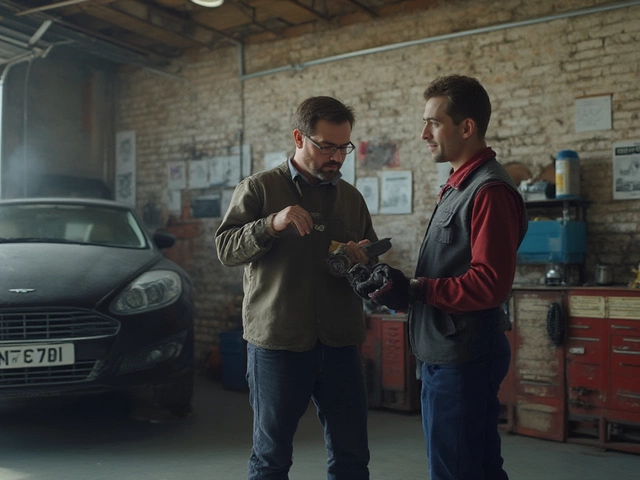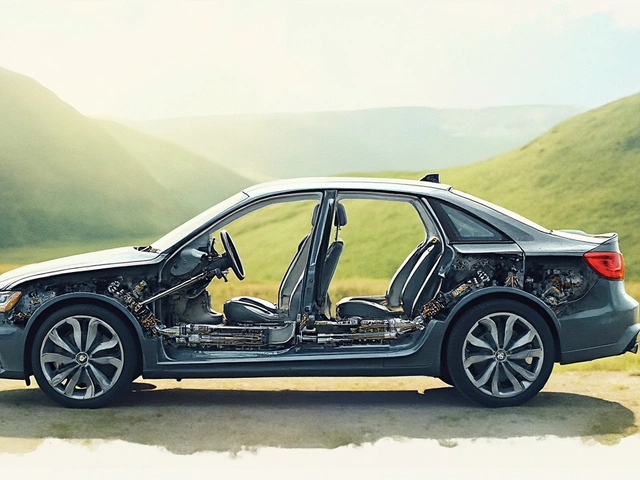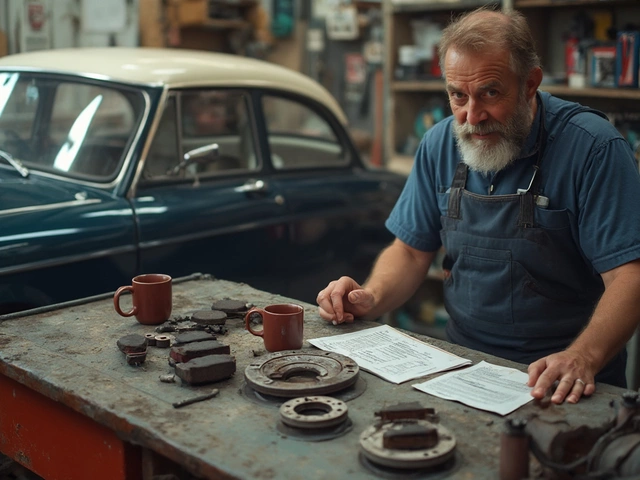So you catch a whiff of that unmistakable burnt clutch scent—sharp, acrid, a mix of hot brakes and toasted metal. It creeps in through the air vents or lingers as you get out, and your stomach drops. Maybe you were stuck in traffic, learning stick for the first time, or trying to save a stall with a bit too much pedal. Either way, now you’re left wondering: how much time does your clutch really have left after it burns?
Why Clutches Burn: Causes Behind the Smell
First, let’s talk about what’s really going on when your clutch gives off that burnt odor. A clutch smells because the friction material—usually a tough composite or organic material—is heating up past its comfort zone. That heat comes from slipping: when the clutch disc and the flywheel spin at different speeds due to partial engagement, the friction turns to warmth, and eventually, smoke.
Common causes for a burnt clutch include too much riding of the clutch pedal, hill starts where you balance with the clutch, aggressive launches, or towing heavy loads. In short, any scenario where you’re trying to keep the car from stalling by feathering the clutch pedal ramps up heat and wear. New drivers are notorious for this, and even seasoned stick-shift fans can get careless on the occasional rough commute.
What’s wild is modern clutch materials are designed to handle hundreds—sometimes thousands—of slip cycles. But when you overdo it, even once, superheating can crystallize that friction material, reducing its grip. When material starts to break down or glaze, you get slippage and, you guessed it, that infamous smell.
Some folks think a one-time burnt clutch episode is game over. Not necessarily. If the clutch isn’t slipping badly now, and you haven’t completely boiled off the facing, there’s often plenty of life left. But you may have shaved off months—or even years—depending on just how hot things got.
How Long Can a Clutch Survive After It Has Burned?
Now for the big question: With a burnt clutch smell still lingering, is your clutch toast, or can you squeeze out more miles? Here’s the tough truth. There’s no exact number of miles you’ll get—too many variables like how much heat was generated, your driving style, the clutch design, and even your car model. But let’s get specific with real-world cases and what the data tells us.
After a significant burnout—think thick, long-lasting smoke—you could have only a few days, weeks, or perhaps a couple thousand miles left before complete failure. If the burning was mild, like after a single tough hill start, many clutches recover enough to give you tens of thousands more miles, provided you drive gently from then onward.
Check out this simple table that breaks down how long a clutch might last under different burning scenarios:
| Clutch Burn Severity | Expected Lifespan After Smell |
|---|---|
| Minor (brief smoke, smell gone after few miles) | 10,000–50,000+ miles possible |
| Moderate (distinct smell, mild slippage noticed) | 2,000–10,000 miles |
| Severe (lots of smoke, clutch slipping badly) | Immediately to several hundred miles |
Of course, if you notice ongoing slippage (engine revs rise faster than speed), chattering, or find the clutch pedal feels odd, these are red flags. Even if you just burned it once, keep a close eye on things. It’s not rare for a clutch to soldier on for a while before it suddenly fails, especially if most of the facing remains intact.
Interesting fact: Studies on taxi fleets (where clutches see all sorts of abuse) have shown that, after a burn event, about half of vehicles went at least another 5,000 miles. But the clutches that failed early often did so without much warning. So it helps to be cautious, especially far from home.
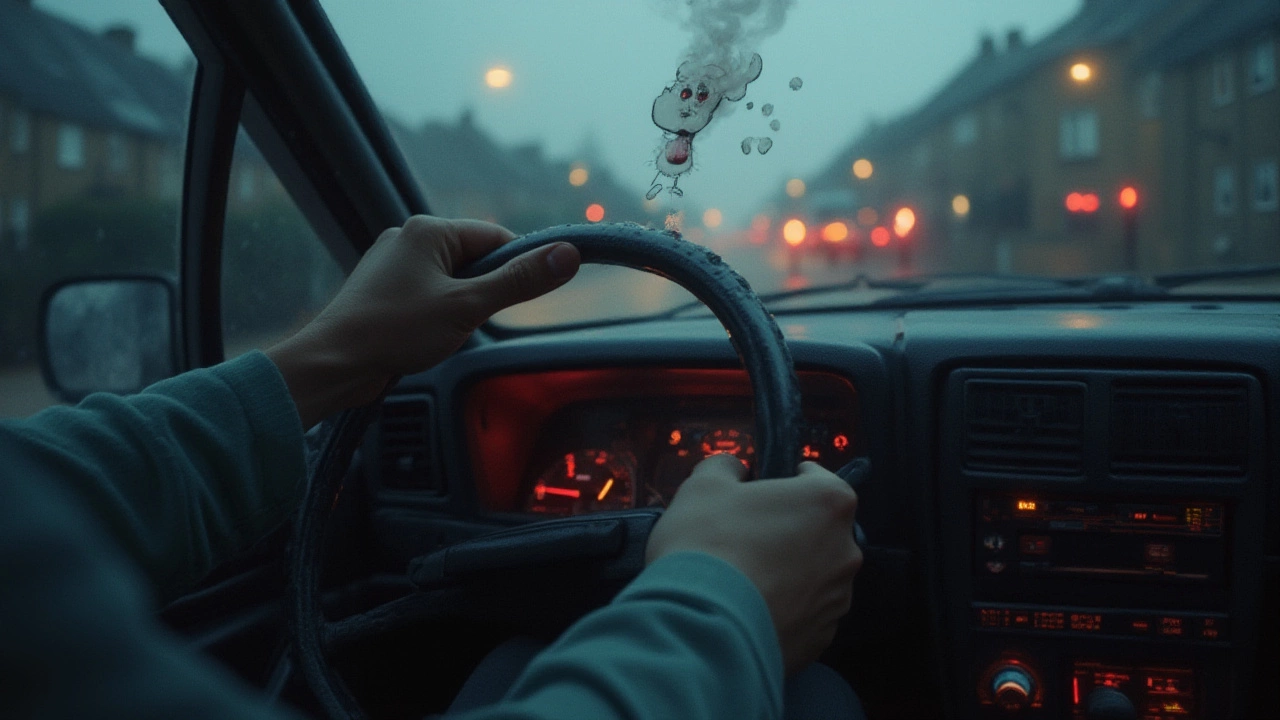
What Symptoms Signal Your Clutch Is Reaching the End?
After smelling a burnt clutch, diagnosing whether it’s on life support or just suffered a scare matters. Listen for these signals:
- Slipping on acceleration: You floor it, but the car revs way faster than it moves. Classic sign the facing can’t grip any longer.
- Rough engagement: The car judders or shudders when you let out the clutch, especially in first gear or reverse.
- Difficulty shifting: It gets harder to find gears, or you hear grinding—burnt material can leave residue on other components.
- Spongy or high clutch pedal: When the friction disc is worn out, you’ll have to let the pedal out almost all the way before the car starts to move.
- Persistent burning smell: If the clutch keeps producing that stench, you’re probably still slipping and actively grinding away the disk.
If you start noticing one or more of these after a burn event, don’t bank on things improving with time. If the slippage is minor and infrequent, careful driving might get you a while longer. But if symptoms escalate, it’s time to plan for a replacement or risk getting stranded.
Here’s a tip many don’t realize: popping the hood and looking at the clutch cable (if your car has one) and hydraulic fluid (on modern cars) tells you nothing about the friction material. Most of the wear hides behind a sealed bell housing. So don’t let a clean-looking cable fool you into thinking everything’s fine.
Some clutch burns just result in glazing—a thin, shiny coating that can wear off with careful driving. If the problem’s just glazing and not actual loss of thickness or burnt patches, the smell might vanish, and full function returns after a few gentle miles. But don’t bet your morning commute on it.
How to Get Maximum Life Out of a Clutch After a Burn Event
If you’re not dealing with total failure right now, there’s actually a lot you can do to extend your clutch’s life after smelling it burn. Step one—be kinder to your clutch than ever before. Here’s how:
- Stop riding the clutch: The clutch pedal is not a footrest. Only press it when you’re actually shifting gears.
- When waiting at lights, shift to neutral: Holding the clutch in keeps it partially engaged and wears out the springs and friction plate faster.
- Use the handbrake for hill starts: It takes less toll than balancing engine revs and clutch feathering on a hill.
- Don’t “slip” the clutch at low speed: For instance, crawling in traffic with the clutch half in and half out roasts the material. Engage or disengage fully instead.
- Drive smoothly, especially in first and reverse: Abrupt engagement eats through more friction material.
- Tow only what your car is rated for. Exceeding towing specs is a fast track to burning out a clutch.
- Avoid showing off launches or racing from traffic lights. Yes, it’s fun—but so is saving $1,000 on a clutch job.
Real-world tip: taxi drivers in London, who face heavy traffic and hills daily, often double their clutch lifespan simply by changing the way they drive after a burn. One driver swore that after his first big burn, he ditched “feathering” at every stop, stuck to neutral at lights, and saw his mileage jump from 30,000 to 70,000 on a single clutch.
If you drive a manual and love your stick shift, think about what habits could be shaving miles off your clutch. Even after some burning, you don’t need to panic; you just need to show that clutch a bit more respect going forward. A little change can mean thousands more miles—really.
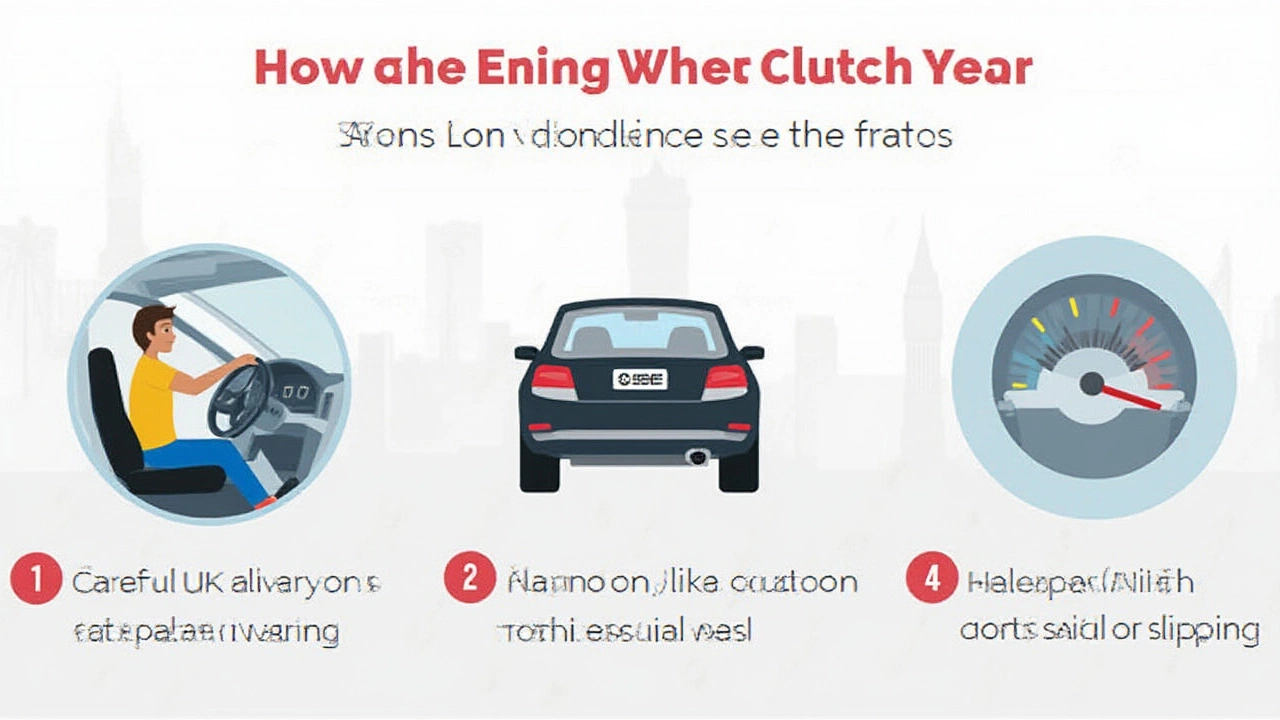
When Should You Replace the Clutch After Smelling It Burn?
No one likes to hear the answer, “It depends,” but that’s the truth when deciding if you need a new clutch after burning it. Still, there are some clear markers. If you notice persistent slippage, a foul smell every time you drive, or can’t get into gear, book that replacement. Driving on a dead clutch isn’t just a nuisance—it can damage the flywheel, pressure plate, or even your gearbox, multiplying your repair costs.
If you’re not sure, a quick test is trying to drive up a moderate incline in third gear at low speed. If the engine revs but your speed stays the same—or worse, the car slows down as you press the accelerator—the clutch isn’t biting. Time to visit your trusted shop.
Keep in mind the act itself isn’t horribly expensive, but labor is; clutches sit deep in your drivetrain. The average cost for clutch replacement on a small car is around $900–$1,300 in 2025, including parts and labor. Performance or heavy-duty clutches can be more. Don’t let it get to the point where you also need a new flywheel—that alone can tack on several hundred dollars.
And don’t get hustled into an early replacement, either. Mechanics know clutch burns panic owners. If you’re not experiencing any real symptoms besides a past odor, get a second opinion. Plenty of folks drive tens of thousands of miles after a single bad burn, and their only regret is sweating about it for months.
So, after a burnt clutch incident, keep your eyes (and nose) open, listen to what your car is telling you, and don’t gut your wallet unless it’s really necessary. Treat your clutch well, and that nasty smell doesn’t have to mean its game over—sometimes it’s just a loud “slow down” from under the hood.


